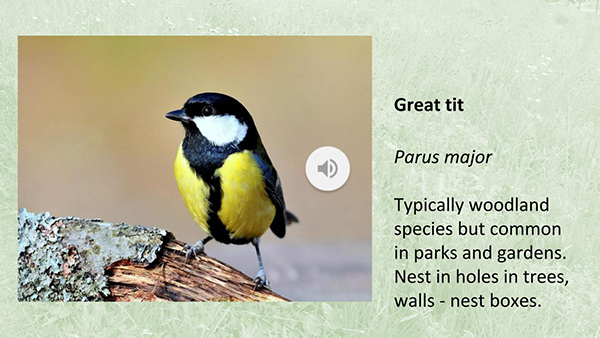Ornithologist Dave Clark recommends keeping a record of the birds in the park and on the lake.
This gives us an indication of the natural health of our precious green urban space and allows us to understand the changes that occur seasonally within nature. The winter profile of the lake is one of gulls, cormorants and wintering ducks seeking, believe it or not, a warmer climate from their usual surrounds.
Being proximate to the Thames and easy for birds to see from the air, the wide vistas of the park provide a backdrop that allows avian incomers to assess the attractiveness of the lake, with food and safety being the prime instinctual drivers. This winter the lake has continued to provide a home, stopover and feeding station to the usual suspects alongside less common and in a Greater London context, rare species.
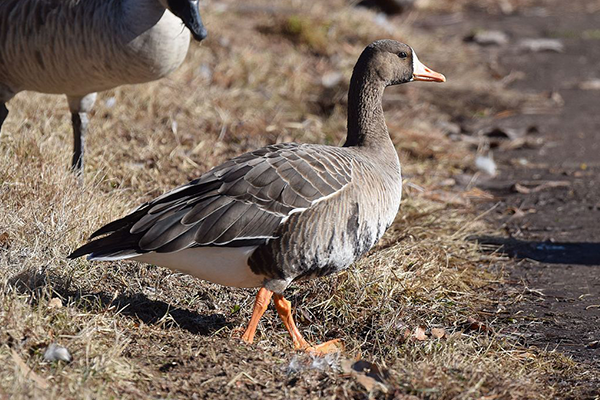
The star of the show was a White-fronted goose which quite happily fed and swam with the resident Greylag geese population, gracing us with its rare presence for around a week. White fronts, check out the white patch above the beak in the above photo, migrate to Britain during the winter to escape the bitterness of lcelandic and Russian winters with this particular bird being one of the rarer subspecies which arrives from faraway Siberia to land habitually on our coastal and estuarine environments, a rarity indeed.
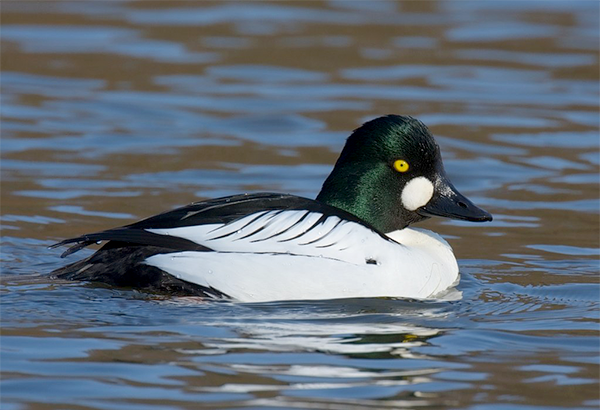
Usually seen, if at all, on the large expansive London reservoirs the Goldeneye is a distinctive wintering duck from Scandinavia. A beautiful male appeared later in January for three days and was probably the same individual that appeared for the same duration on the lake before last year`s lock down.
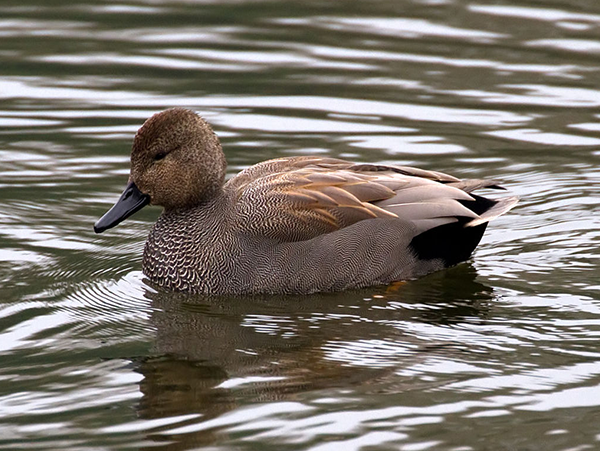
Other ducks of note that have also been seen are the subtly plumaged Gadwall and a long standing male Pochard in all its orange-red headed glory.
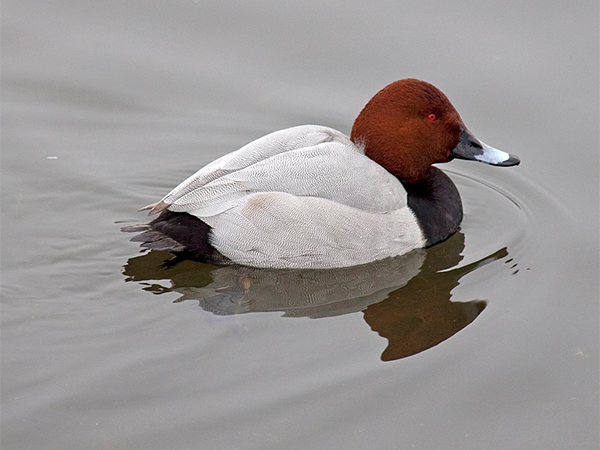
On our playing fields, parkland and ponds there is always a winter build up of gulls, and on any one day during this winter there have been up to two hundred Black-headed gulls swooping and swimming at the lake. We commonly make the mistake of perceiving them as seabirds when in fact they are coastal birds and with the Thames so close the route to the coast is only 20 to 30 miles away. Along with Common gull, Herring gull and Lesser black-backed gull the lake has also attracted, on occasion, Britain’s largest gull the Great black-backed gull, a serious beast standing at 70 centimetres it is twice the size of the usuals and five times the weight!
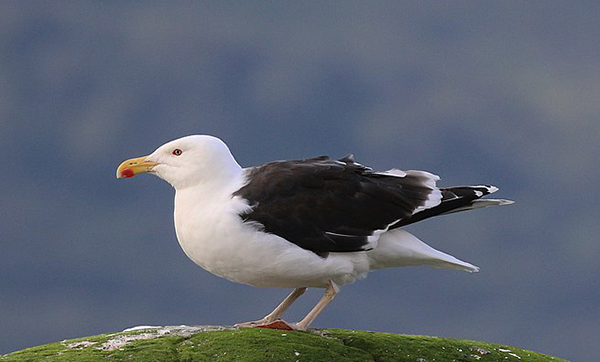
Finally in our water bird list is the Mediterranean gull which pops in and out of Burgess Park. As suggested by their name they are used to a warmer environment and although still rare the general increase in abundance of this bird in Kent coastal areas is a sign of our changing climate. Very similar to the Black-headed gull the white wing tips and droopy beak help discriminate between the two species.
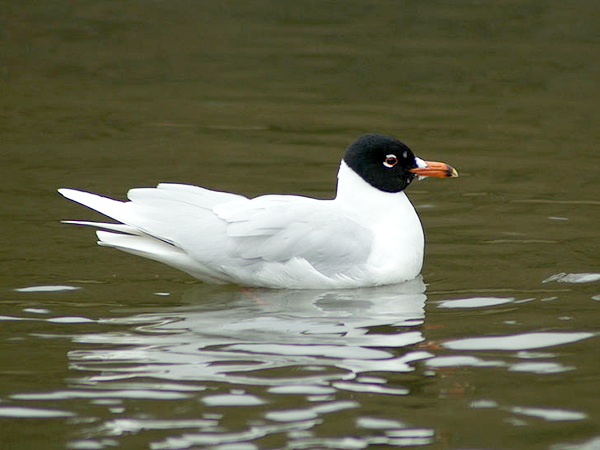
A heartwarming effect of the lake’s success is the notable increase in the number of observers who are recording sightings on the various social media platforms. I’m sure the coming seasons will add to our birding pleasure, and whether casual or serious in our intent there is no doubt in these strange times that the lake and the park are important for our well being. Keep birding!
Where to record your bird sightings
London database = GIGL = Greenspace Information for Greater London – collects data on flora and fauna – https://www.gigl.org.uk/
BTO = British Trust for Ornithology – strictly birds – https://www.bto.org/
ebird – U.S. app for birds which we are increasingly using for our water and songbird sightings – https://ebird.org/home
Dave Clark
dave@mailbox.co.uk


